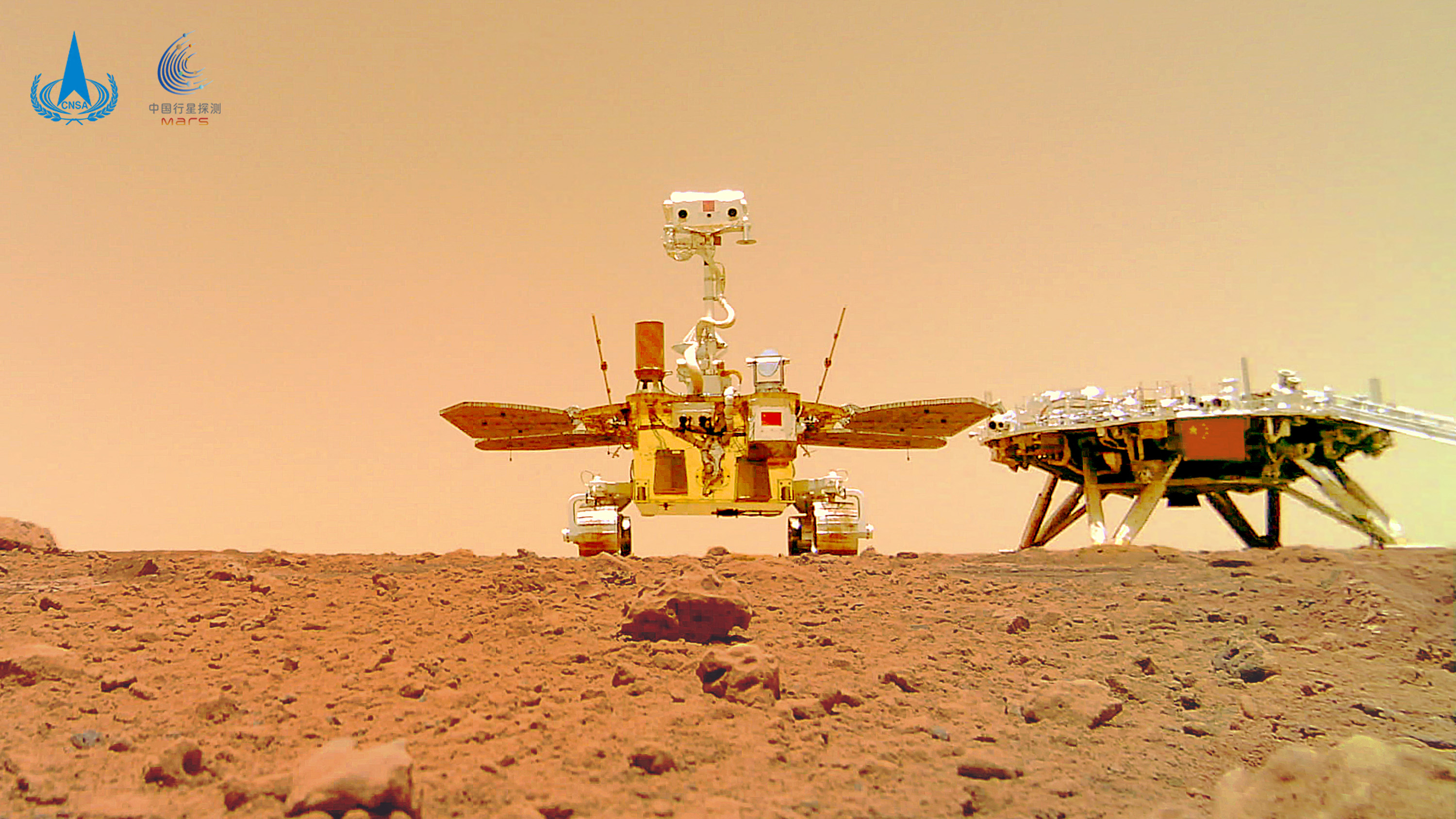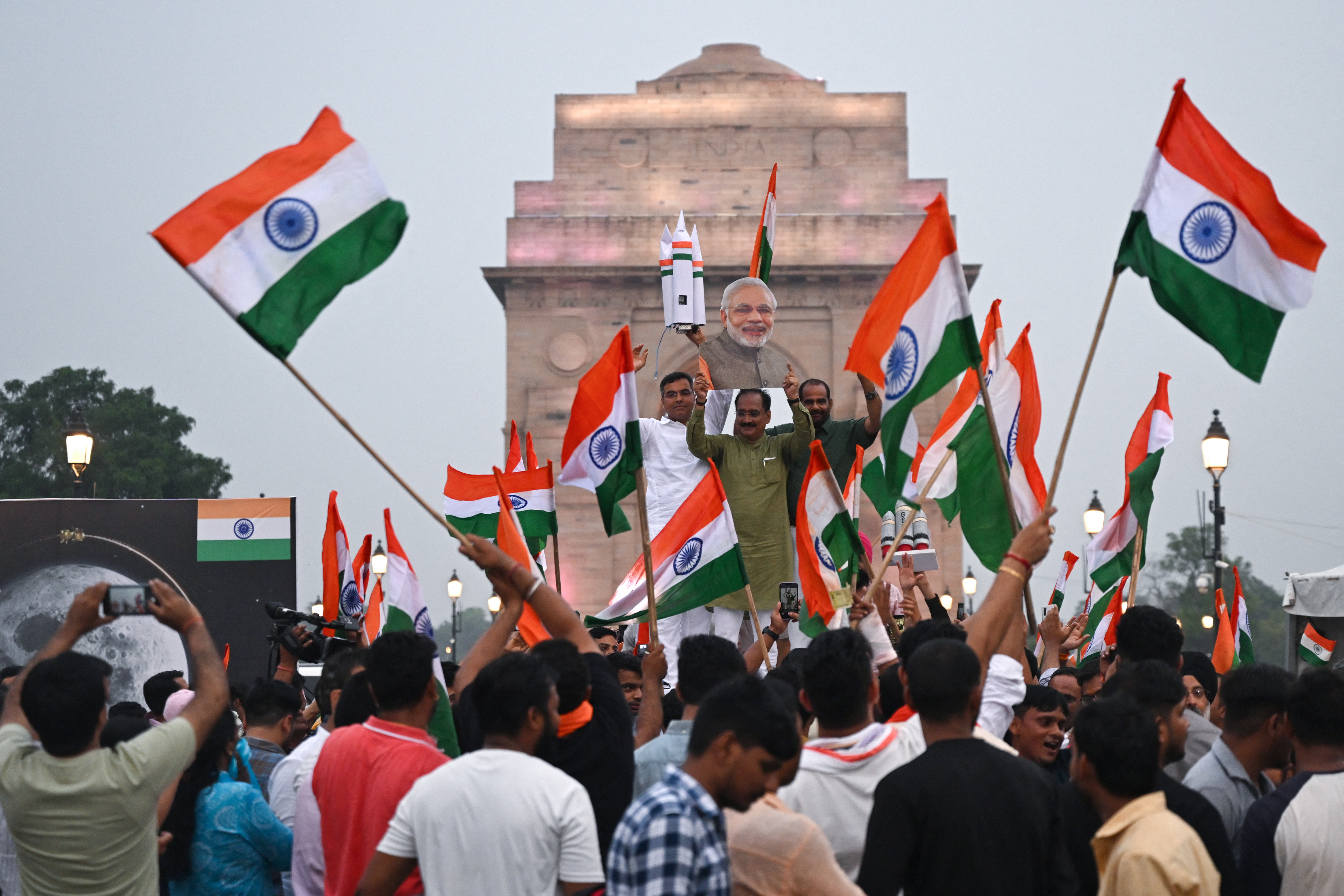
platform on the surface of Mars (Photo: AFP/CNSA/Jin Liwang)


India has achieved a historic milestone by successfully landing a spacecraft near the moon's south pole. This groundbreaking achievement underscores the country's growing prominence as a space power, marking a significant step as it embarks on more ambitious missions and welcomes private investment into its space programs. In August 2023, the landing module of the Indian Space Research Organisation's Chandrayaan-3 mission touched down on the lunar surface, captivating millions in the world's most populous nation who witnessed the event live.
The Russian Orbital Station (ROS) as a key element of the country’s future sovereign infrastructure for human space flights is scheduled for its deployment in 2027, Roscosmos Chief Yury Borisov said last January. Russia announced its planned departure from the International Space Station (ISS) in 2022. Roscosmos and China National Space Administration (CNSA) inked a deal in November 2022 stipulating bilateral space cooperation in 2023-2027. According to Borisov, ROS may receive its own name, like its predecessors Salyut, Almaz and Mir, and there is a possibility of holding a public debate to choose it. Russia’s first moon probe since Luna-24 in 1976, Luna-25 crashed into the moon in August last year, but according to Roscosmos, Russia is set to restart its lunar exploration programme, and this failure won't change that vision.